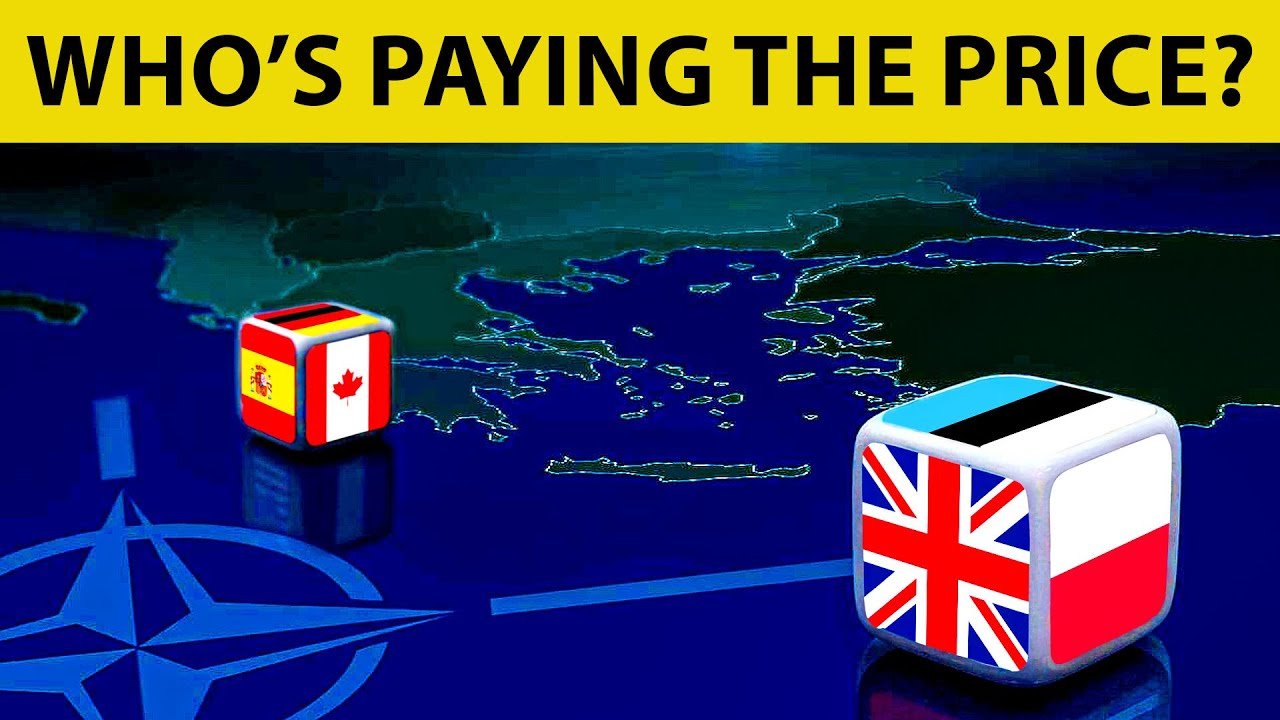- NATO’s defense spending guideline suggests members spend 2% of GDP on defense, though it is not legally enforceable.
- Russia’s increased military spending and actions, alongside the rise of threats near NATO borders, have highlighted the importance of meeting these spending targets.
- Poland is highlighted as a significant contributor, spending 3.9% of its GDP on defense in 2023, with expectations to increase further.
- Germany, traditionally seen as not meeting its fair share of defense spending, announced plans to reach the 2% target in 2024 following a significant budget allocation.
- France also surpassed the 2% spending target ahead of schedule with a 2024 budget announcement, demonstrating a commitment to bolstering its defense capabilities.
- Several countries, including Turkey, are expected to significantly increase their defense spending, with Turkey’s budget projected to exceed 4% of GDP.
- Belgium, Spain, and Canada are among the nations criticized for their relatively low defense spending, with Canada indicating it will not meet the 2% target.
- The proximity to Russian threats appears to influence defense spending, with countries closer to Russia generally spending a higher percentage of GDP on their military.
- Despite variances in spending, the collective effort of NATO members is crucial for maintaining a robust deterrent against potential aggressors.
- The debate over defense spending underscores the challenges of ensuring fair burden-sharing within the alliance.
This summary has been generated by AI.

Leave a Reply